Open data represents an opportunity for cities to reach universal accessibility. It shows the missing links of the mobility chain.
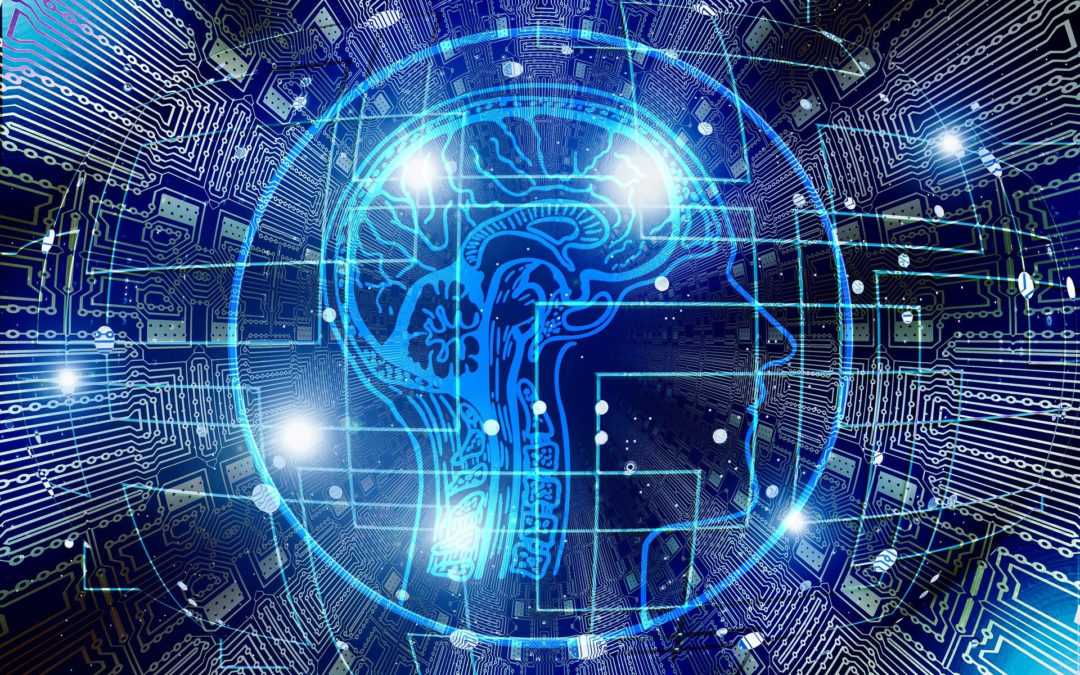
Artificial Intelligence and Accessibility: Examples of a Technology that Serves People with Disabilities
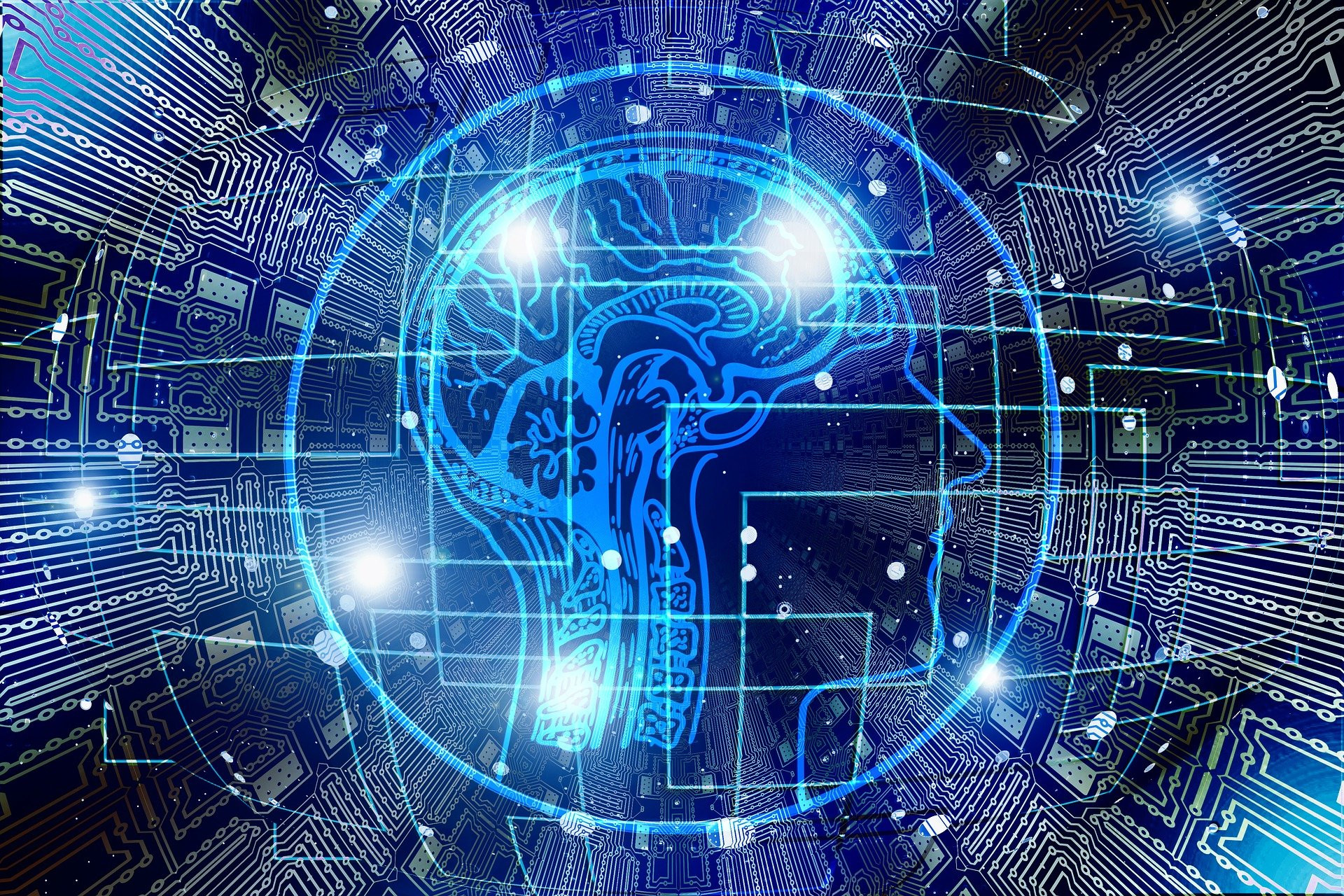
Artificial Intelligence and Accessibility: Examples of a Technology that Serves People with Disabilities
Beaucoup d’entre nous pensent que l’intelligence artificielle est une notion abstraite et futuriste que l’on ne voit que dans les films de science-fiction, avec ses robots humanoïdes et ses hologrammes. Pourtant, elle est de plus en plus ancrée dans notre réalité et touche divers domaines et catégories de personnes, y compris les personnes en situation de handicap. L’intelligence artificielle révolutionne véritablement l’accessibilité et l’inclusion ! Grâce aux solutions technologiques de l’IA, les personnes en situation de handicap peuvent améliorer considérablement leur quotidien.
Nous avons déjà vu que les smartphones sont un outil puissant pour aider les personnes malvoyantes. De nombreuses applications leur permettent en effet de rester autonomes. Par exemple, grâce à Seeing AI, les personnes malvoyantes peuvent facilement consulter leurs courriers en recevant des documents sous l’appareil photo de leur smartphone. L’IA s’adapte à tous les types de handicap. Par exemple, les personnes à mobilité réduite peuvent contrôler tout leur domicile simplement par la voix grâce à un assistant personnel virtuel comme Amazon Alexa.
Examinons l’IA et comment elle peut améliorer l’accessibilité grâce à quelques exemples de solutions innovantes ! L’avenir commence maintenant !
Qu’est-ce que l’intelligence artificielle et comment fonctionne-t-elle en matière d’accessibilité ?
L’intelligence artificielle (IA) définit des machines ou algorithmes intelligents capables d’effectuer des tâches cognitives habituellement réalisées par des humains. Cela inclut différentes solutions technologiques qui imitent l’humain et utilisent la logique, allant des échecs à la résolution d’équations.
L’apprentissage automatique est l’une des technologies de l’IA : lorsque les algorithmes sont exposés à davantage de données, ils peuvent en tirer des enseignements et s’en améliorer afin d’anticiper les besoins des consommateurs. Par exemple, Google utilise l’apprentissage automatique : ses algorithmes collectent les recherches et les appréciations des internautes sur les réseaux sociaux afin de proposer des résultats de recherche et des recommandations plus personnalisées.
Près de 4 milliards de personnes dans le monde utilisent le moteur de recherche Google , et donc l’IA, perçue comme un bien social. Tout le monde peut y avoir accès, y compris les personnes handicapées. La technologie en général et l’intelligence artificielle en particulier jouent un rôle essentiel dans l’accessibilité. Il ne s’agit pas seulement de trouver les dernières innovations, mais surtout de proposer une solution au service d’une catégorie de personnes afin d’améliorer leur vie. Cela représente une avancée majeure pour plus d’un milliard de personnes handicapées dans le monde qui pourraient utiliser l’IA. Que peut faire l’IA pour l’accessibilité ?
Il peut supprimer les barrières d’accessibilité grâce à différentes solutions :
⊗ Reconnaissance d’images pour les personnes malvoyantes,
⊗ Reconnaissance faciale pour les personnes malvoyantes,
⊗ Reconnaissance de la lecture labiale pour les personnes malentendantes,
⊗ Résumé de texte pour les personnes ayant une déficience mentale,
⊗ Sous-titres ou traductions en temps réel pour les personnes malentendantes ou même celles qui ne parlent pas la langue.
L’IA a un impact considérable sur le quotidien des personnes handicapées : grâce à la synthèse de textes, une personne atteinte d’un handicap mental peut facilement appréhender le monde qui l’entoure. Ce qui peut apparaître un message complexe à déchiffrer se révèle être un texte facile à comprendre. Des choses qui semblent initialement difficiles, voire impossibles, leur sont désormais accessibles au quotidien. L’IA permet aux personnes handicapées d’accéder à un monde où leurs difficultés sont comprises et prises en compte. La technologie s’adapte et contribue à transformer le monde en un espace inclusif grâce à l’accessibilité de l’intelligence artificielle. L’IA met tout le monde sur un pied d’égalité, avec ou sans handicap.
Quels sont les bénéfices de l’intelligence artificielle en matière d’accessibilité pour les personnes handicapées ?
Nous avons vu les principaux points concernant l’accessibilité de l’IA, mais concrètement, où l’IA est-elle mise en œuvre pour améliorer la vie des personnes handicapées ? Comment l’IA les aide-t-elle à rester autonomes ? Concentrons-nous sur quatre situations majeures où l’IA apporte une valeur ajoutée :
Communiquer avec les autres et être connecté
Selon le type de handicap et le profil, communiquer avec les autres peut s’avérer complexe. Il en va de même pour rester connecté dans un monde de plus en plus numérisé, avec l’importance croissante des réseaux sociaux et notre dépendance à Internet. Mais la technologie et l’IA ne laissent personne de côté et peuvent être au service des personnes en situation de handicap. De nombreuses applications utilisent l’intelligence artificielle pour favoriser l’accessibilité.
Pour les personnes aveugles ou malvoyantes :
⊗ VoiceOver : un lecteur d’écran directement intégré aux iPhones. Bien que son utilisation principale soit la lecture d’e-mails ou de messages texte, VoiceOver utilise également l’IA pour décrire les icônes d’applications, le niveau de batterie et même certaines images.
⊗ TalkBack : l’équivalent de VoiceOver pour smartphones Android. Il permet aux utilisateurs d’exploiter pleinement leur smartphone.
⊗ Siri : l’assistant virtuel de l’iPhone. Grâce à la commande vocale, il suffit à l’utilisateur d’énoncer sa requête : qu’il s’agisse d’une recherche Google ou de la rédaction d’un SMS à envoyer à un ami. Les personnes malvoyantes peuvent facilement utiliser Siri et rester en contact avec leurs proches.
⊗ Cortana : assistant virtuel créé par Microsoft et implémenté sur Windows. Il aide les utilisateurs aveugles ou malvoyants à naviguer sur leur ordinateur simplement en utilisant leur voix. Il est en quelque sorte similaire à Siri.
⊗ Google Assistant : une application activée par commande vocale. Les utilisateurs peuvent facilement configurer une alarme ou gérer leur emploi du temps, comme Siri.
Pour les personnes sourdes ou malentendantes :
⊗ Ava : une application de transcription instantanée qui utilise l’IA pour transcrire instantanément les conversations d’un groupe. Son algorithme ajoute la ponctuation, le nom de l’interlocuteur et le vocabulaire nécessaire, tiré du dictionnaire de l’utilisateur. Un moyen simple pour les personnes malentendantes d’être incluses et de suivre une conversation avec plusieurs personnes sans lire sur les lèvres.
⊗ RogerVoice : une application de transcription instantanée en français pour les conversations de groupe, disponible en 90 langues. Son fonctionnement est identique à celui d’Ava.
Pour les personnes handicapées physiques :
⊗ Assistants virtuels comme Siri, Google Assistant et Google Voice Access : les personnes à mobilité réduite peuvent utiliser leur smartphone par commande vocale. Google Voice Access a été spécialement conçu pour les personnes à mobilité réduite.
⊗ IFTTT : une application qui connecte d’autres applications pour permettre aux utilisateurs à faible dextérité d’utiliser toutes les fonctionnalités de leur smartphone sans difficulté. Elle crée des combinaisons avec les applications pour exécuter automatiquement des tâches telles que la lecture d’un e-mail à voix haute ou l’envoi d’un tweet.
Même les personnes souffrant de troubles de la parole peuvent bénéficier de l’IA grâce à l’application Voiceitt. Grâce à l’apprentissage automatique, Voiceitt peut facilement comprendre les personnes atteintes de lésions cérébrales ou de la maladie de Parkinson, dont la parole peut sembler difficile à appréhender au premier abord. Cette application normalise leur discours pour créer un fichier audio ou texte, permettant ainsi aux personnes souffrant de troubles de la parole de continuer à communiquer et d’être comprises.
Bien entendu, les applications d’IA et les smartphones ne sont pas les seuls moyens pour les personnes handicapées de communiquer et d’interagir avec les autres. L’accessibilité du web continue de s’améliorer pour se conformer à l’ Americans with Disabilities Act (ADA), offrant ainsi le même accès et les mêmes services à tous, quel que soit leur handicap.
Concevoir un site web accessible peut s’avérer complexe, mais l’IA change la donne. La conception d’un site est analysée grâce à l’apprentissage automatique. L’accessibilité peut alors être améliorée grâce à plusieurs points :
⊗ Une reconnaissance faciale avec un logiciel d’IA pour remplacer les CAPTCHA qui peuvent être difficiles à trouver pour les personnes malvoyantes,
⊗ Une optimisation de la navigation au clavier via le bouton « Tab » pour les personnes en situation de handicap physique,
⊗ Une technologie de reconnaissance vocale ou de reconnaissance vocale comme le projet Euphonia de Google pour que les personnes souffrant de troubles de la parole puissent utiliser Internet grâce aux sons et aux gestes,
⊗ Contenu de descriptions audio pour les personnes ayant une déficience visuelle,
⊗ Sous-titres et traductions de vidéos en ligne pour les personnes malentendantes comme Microsoft Translator ,
⊗ Réajustements des éléments graphiques tels que les polices, les couleurs et l’espacement pour les personnes malvoyantes,
⊗ Une bibliothèque intégrée d’idiomes, d’argot et de phrases qui sont rarement utilisés pour les personnes ayant une déficience mentale.
L’apprentissage automatique imite un navigateur, de la même manière qu’il imite les humains, pour adapter automatiquement le contenu affiché à l’écran et le rendre accessible aux personnes handicapées. L’intelligence artificielle améliore pleinement l’accessibilité et l’inclusion.
Se déplacer
Pour les personnes handicapées, la mobilité est l’un des défis les plus complexes à relever. Comment les utilisateurs de fauteuil roulant peuvent-ils se déplacer en ville de manière autonome et sereine alors qu’ils doivent constamment connaître l’emplacement des trottoirs abaissés et des toilettes accessibles ?
Dans notre article « Comment aider les personnes handicapées à mieux vivre leur expérience dans le métro ? » , nous avons vu que les personnes handicapées doivent préparer rigoureusement chacun de leurs déplacements. Heureusement pour elles, de nombreuses applications de navigation basées sur l’IA peuvent les aider à gagner en autonomie et en spontanéité dans leurs déplacements.
⊗ Google Maps : l’une des applications GPS les plus utilisées au monde. Les personnes malvoyantes ou en fauteuil roulant peuvent préparer leur voyage à l’avance et visualiser leur itinéraire ainsi que le moyen de transport le plus adapté à leur profil. Grâce à l’option « Accessible aux fauteuils roulants », les personnes en fauteuil roulant peuvent connaître l’emplacement des rampes et des ascenseurs en ville.
De plus, la fonctionnalité « Lieux accessibles » leur permet d’obtenir plus d’informations sur la disposition de nombreux lieux : entrée, places de parking, toilettes, disposition des sièges… Cette fonctionnalité est également utilisée par les personnes malvoyantes pour localiser l’entrée d’un bâtiment.
⊗ Moovit : une application idéale pour les usagers des transports en commun. Elle fournit des informations trafic en temps réel et s’avère utile pour les personnes malvoyantes, notamment lorsque les annonces vocales ne sont pas activées dans le bus.
⊗ Wheelmap : répertorie et cartographie tous les lieux publics accessibles (restaurants, commerces, cafés…). Les utilisateurs peuvent également ajouter des données et des informations concernant le niveau d’accessibilité des lieux.
⊗ Paysage sonore : une application qui décrit aux personnes aveugles leur environnement grâce à la technologie audio 3D. Elles peuvent ainsi facilement identifier les points d’intérêt à proximité et les intersections. Pratique pour profiter de la ville.
⊗ Evelity : la première application d’orientation intérieure pour les personnes en situation de handicap. Quel que soit leur profil, ils peuvent facilement s’orienter dans des lieux complexes et fréquentés tels que les réseaux de métro, les universités , les centres commerciaux , les stades … Evelity fonctionne comme un GPS et fournit des instructions étape par étape. Elle est conçue sur mesure pour s’adapter aux profils et aux besoins des utilisateurs :
→ Les utilisateurs malvoyants peuvent le configurer pour qu’il fonctionne avec les lecteurs d’écran VoiceOver et TalkBack afin de pouvoir recevoir des instructions audio.
→ Les utilisateurs malentendants peuvent utiliser des descriptions textuelles et des icônes.
→ Les utilisateurs de fauteuils roulants et les personnes à mobilité réduite bénéficient d’itinéraires optimisés.
→ Les personnes atteintes de troubles cognitifs disposent d’interfaces simplifiées.
Cette application de navigation innovante pour les personnes handicapées est l’exemple parfait de la technologie de l’IA qui améliore l’accessibilité en général et la vie quotidienne des gens en particulier.
Evelity est actuellement testé à la station de métro Jay Street-MetroTech à New York . D’autres lieux complexes ont installé cette application de navigation en France, où elle a été créée : le métro de Marseille , la faculté de médecine Rockefeller de Lyon et le musée LUMA d’Arles .
Pour les deux premiers lieux, Evelity reste un système de navigation classique, mais pour le musée, elle propose également du contenu culturel géolocalisé ! Pour les visiteurs aveugles et malvoyants, l’application décrit les œuvres d’art exposées et leur permet de se repérer dans les différentes salles du musée. La culture a un faible pour allier technologie et accessibilité !
Comment rendre les musées plus accessibles aux personnes handicapées ?
Les voitures autonomes (aussi appelées voitures autonomes ou voitures sans conducteur) représentent une nouvelle solution pour la mobilité des personnes handicapées, quel que soit leur handicap, car elles peuvent les aider à se déplacer de manière plus autonome.
Nul besoin de demander conseil à un proche ni de réserver un service pour se déplacer en voiture. Les voitures autonomes utilisent des capteurs, des caméras, des radars et l’IA pour atteindre la destination choisie. Leurs algorithmes collectent toutes les données nécessaires sur leur environnement, comme les feux de circulation, les trottoirs, les piétons…, en s’appuyant sur Google Maps et Google Street View. De nombreuses entreprises du secteur automobile testent ou développent des voitures autonomes.
Vivre de façon autonome
L’IA touche tous les domaines et peut ainsi améliorer l’accessibilité, même à domicile. Les assistants virtuels peuvent améliorer la vie de chacun, et c’est particulièrement vrai pour les personnes en situation de handicap. Nous avions déjà parlé de Siri sur iPhone. Mais à la maison, grâce à des enceintes connectées comme Amazon Echo avec Alexa et Google Home avec Google Assistant, les personnes en situation de handicap peuvent tout contrôler par la voix : allumer les lumières, régler une alarme ou écouter de la musique dans le salon.
N’importe quel objet domestique peut être connecté, ce qui signifie qu’une personne aveugle peut configurer son quatre simplement en demandant à Alexa ou qu’une personne à dextérité réduite peut baisser la température d’une pièce simplement en utilisant sa voix.
Avant même de rentrer chez elles, les personnes handicapées peuvent contrôler leurs assistants virtuels grâce à l’application IFTTT. Celle-ci connecte différentes applications, dont des assistants virtuels comme Alexa, pour créer des combinaisons appelées « applets ».
C’est très pratique pour les personnes à dextérité réduite : n’importe quelle tâche peut être automatiquement exécutée par commande vocale. Elles peuvent par exemple augmenter la température de leur thermostat en rentrant du travail pour être plus sereines une fois rentrées chez elles.
Avoir une maison connectée peut parfois sauver des vies : en cas de chute d’une personne handicapée, un système préconfiguré peut alerter les secours. Les personnes handicapées peuvent ainsi vivre seules en toute sécurité en cas de problème.
Les solutions technologiques d’IA permettent aux personnes handicapées de gagner en autonomie et de se sentir bien chez elles. L’IA propulse l’accessibilité à un niveau supérieur.
Accéder aux mêmes services que tout le monde
L’inclusivité signifie que chacun a le droit d’accéder à tous les services, quels que soient son profil et son handicap. Les personnes aveugles peuvent lire grâce au braille et les personnes malentendantes peuvent regarder un film grâce aux sous-titres. Voici quelques exemples non exhaustifs de technologies d’intelligence artificielle au service de l’accessibilité :
⊗ Braille AI Tutor : une solution innovante pour pallier le manque d’enseignants en braille. Grâce à la reconnaissance vocale basée sur l’IA et à la gamification, les élèves aveugles peuvent apprendre le braille de manière plus autonome. L’éducation est un droit fondamental. L’accès à l’éducation est essentiel pour que les personnes aveugles puissent trouver un emploi et s’intégrer dans la société.
⊗ Voir AI sur iOS : une application conçue pour les personnes malvoyantes, capable de lire et de décrire tous les types de documents placés sous l’appareil photo du smartphone, comme des billets de banque ou du courrier. Elle peut même reconnaître des images, des couleurs et des visages, fournissant ainsi des détails sur les émotions des personnes.
⊗ Lookout sur Android : l’application équivalente à Seeing AI. Elle dispose d’un mode d’analyse rapide permettant de parcourir rapidement un texte.
⊗ Projet Guideline de Google : une solution basée sur l’IA qui permet aux personnes aveugles de courir seules. Avec un simple harnais autour de la taille, leur smartphone Android connecté et des écouteurs, les personnes aveugles peuvent courir sans aide extérieure en suivant une ligne directrice peinte au sol.
⊗ Documents accessibles grâce à Microsoft Accessibility Checker ou Adobe Accessibility Checker : les étudiants et les employés en situation de handicap peuvent toujours avoir accès à l’information pour réussir.
Le secteur médical bénéficie également de l‘IA grâce à la technologie robotisée, qui améliore la précision des interventions chirurgicales ou la collecte de données pour un diagnostic plus précis. Pour les personnes handicapées, cela représente un progrès considérable en termes de qualité de vie. L’exemple le plus frappant est l’invention d’un exosquelette alimentée par l’IA qui permet aux personnes paralysées de retrouver l’usage de leurs jambes : elles peuvent se lever et marcher. Une avancée technologique, mais aussi médicale, pour les personnes handicapées motrices !
Ce ne sont là que quelques exemples de technologies d’IA utilisées pour améliorer la vie des personnes handicapées dans divers domaines. De nombreuses solutions sont disponibles et développées par des startups ou de grandes entreprises comme Google et Microsoft . Grâce à une approche centrale sur l’utilisateur, les technologies d’intelligence artificielle utilisent une conception inclusive pour concevoir des solutions qui répondent au mieux aux besoins des personnes handicapées et améliorent l’accessibilité. En effet, l’IA leur permet de gagner en autonomie, qu’elles soient à la maison devant un film sous-titré ou au travail en train de lire un document accessible, rendant le monde plus accessible et inclusif.
Vous souhaitez en savoir plus sur les applications utilisées au quotidien par les personnes en situation de handicap ? Consultez nos articles :
5 applications indispensables pour les personnes sourdes et malentendantes en 2022
12 applications indispensables pour les personnes aveugles ou malvoyantes en 2022
9 applications indispensables pour les personnes handicapées physiques en 2022
Mis à jour le 28 décembre 2021 / Publié le 5 mars 2021
media
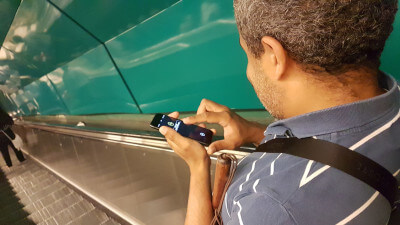
AI enables people with disabilities to step into a world where their difficulties are understood and taken into account.
writer

Carole Martinez
Content Manager
stay updated
Get the latest news about accessibility and the Smart City.
other articles for you
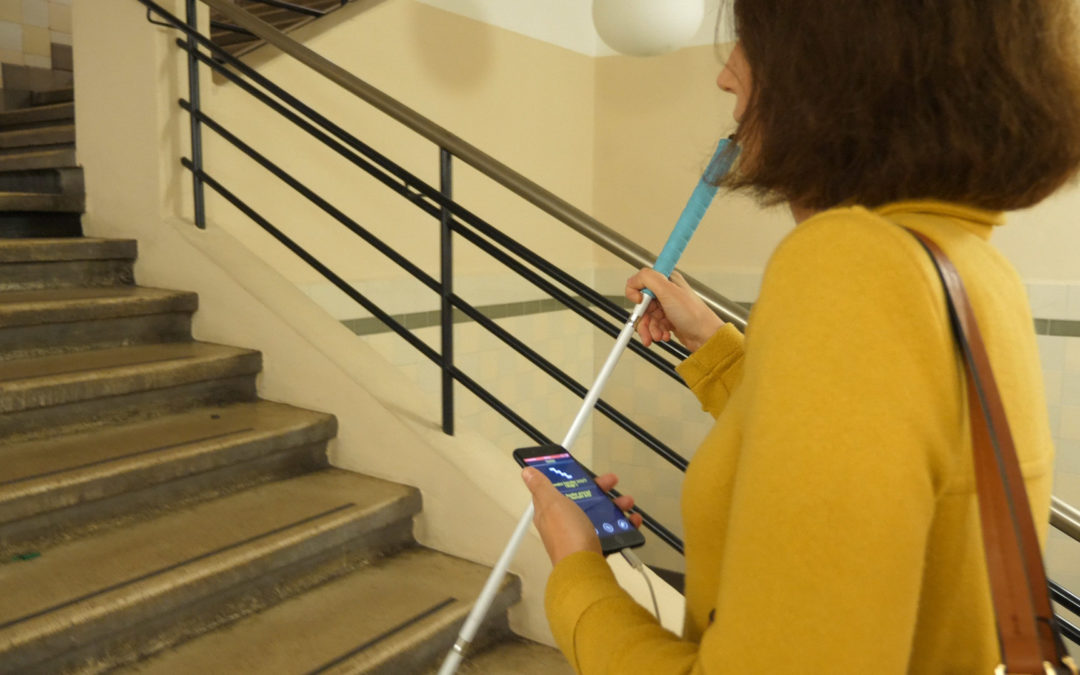
How Does a Blind Person Use Their Smartphone to Improve Their Mobility?
The smartphone has revolutionized the mobility of blind and visually impaired people.
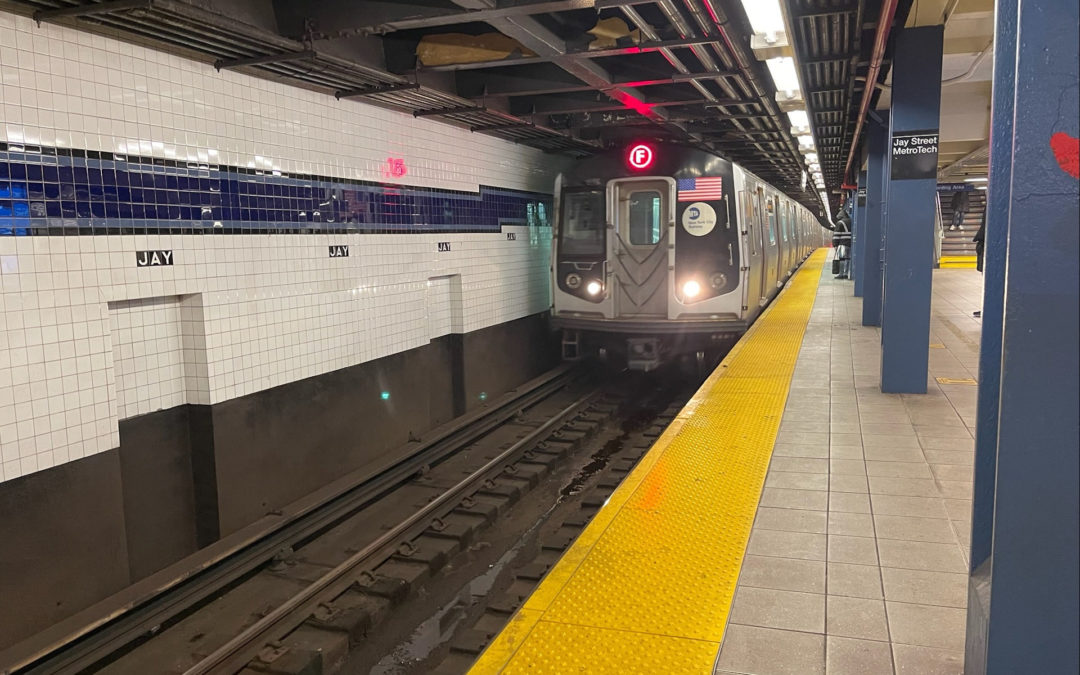
How to Foster Inclusive Mobility at Public Transit?
What inclusive mobility solutions can improve the accessibility of public transit? Are they cost-effective? The answer lies with phygital…
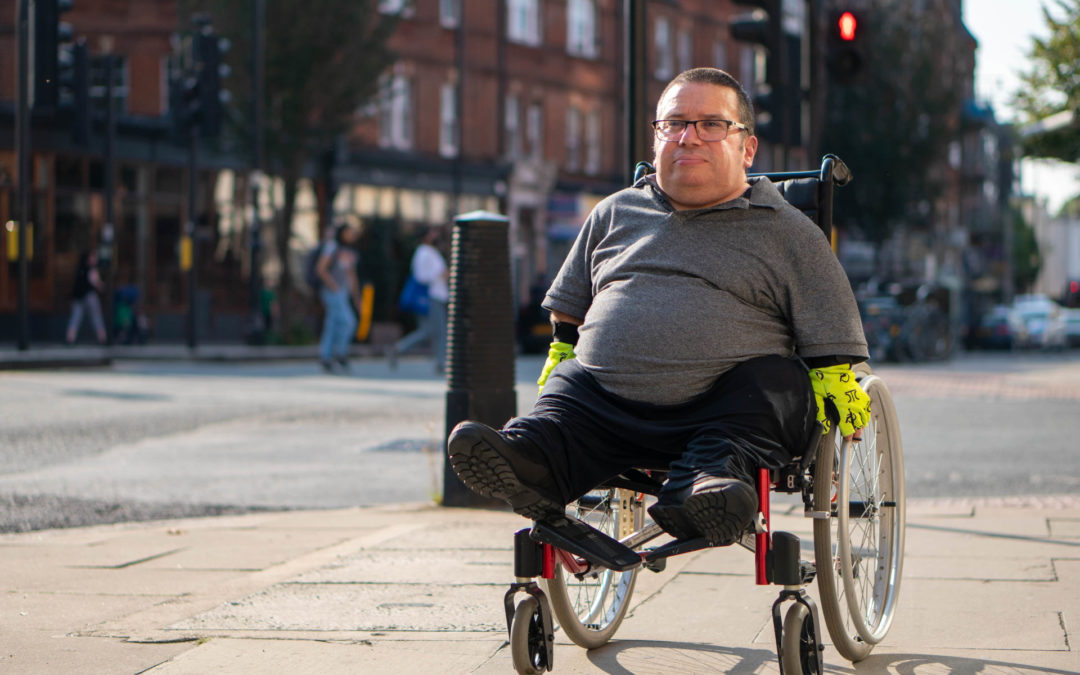
Paratransit Services for People with Disabilities: Yes You Can Reduce Their Costs
Public agencies spend millions of dollars for paratransit services. But a cost-effective solution could make public transit more accessible for riders with disabilities.
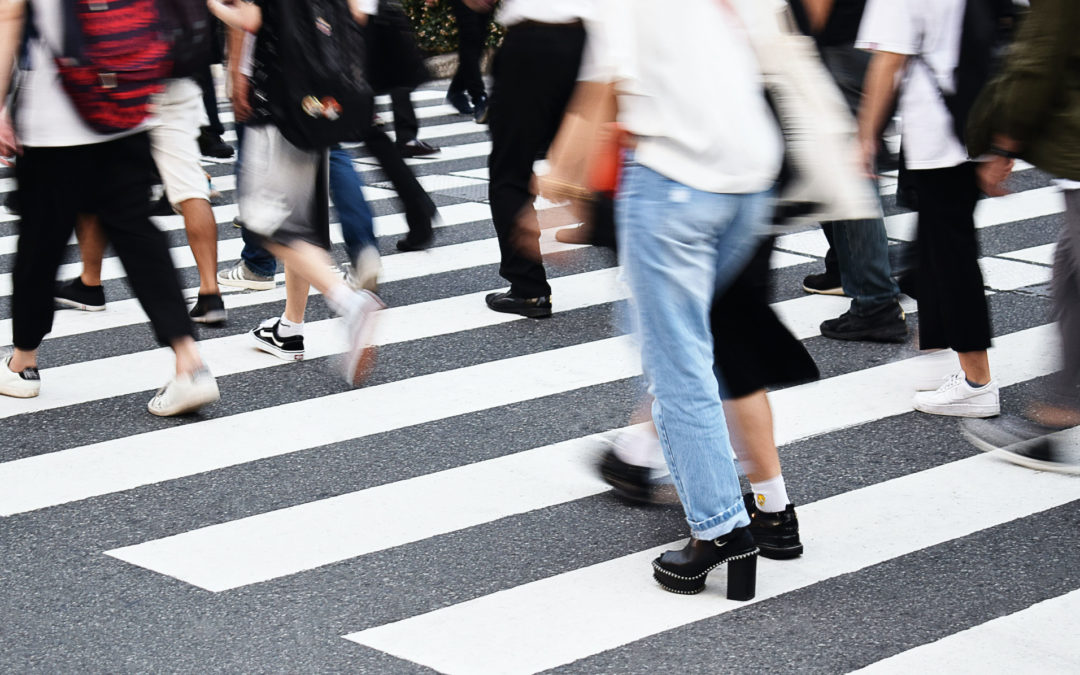
The Crosswalk: Thousands of Years of Evolution
Did you know the first crosswalk emerged in the city of Pompeii more than 2000 years ago? Check out how it has evolved since Antiquity!
share our article!
NEVER miss the latest news about the Smart City.
Sign up now for our newsletter.
Unsubscribe in one click. The information collected is confidential and kept safe.
powered by okeenea
The French leading company
on the accessibility market.
For more than 25 years, we have been developing architectural access solutions for buildings and streets. Everyday, we rethink today’s cities to transform them in smart cities accessible to everyone.
By creating solutions ever more tailored to the needs of people with disabilities, we push the limits, constantly improve the urban life and make the cities more enjoyable for the growing majority.


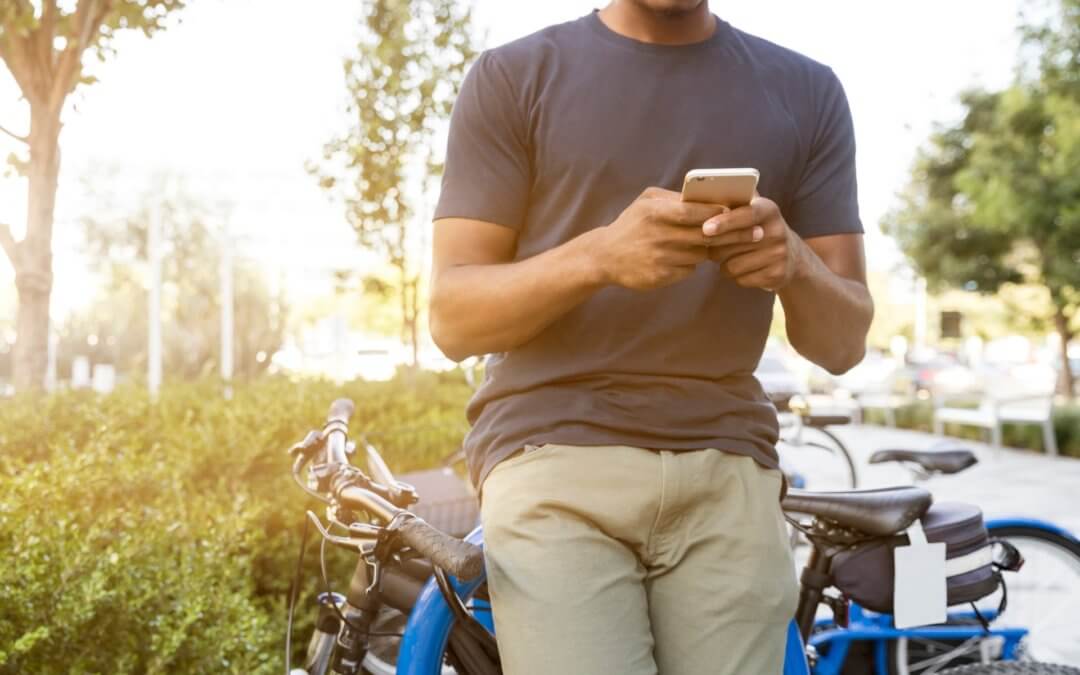
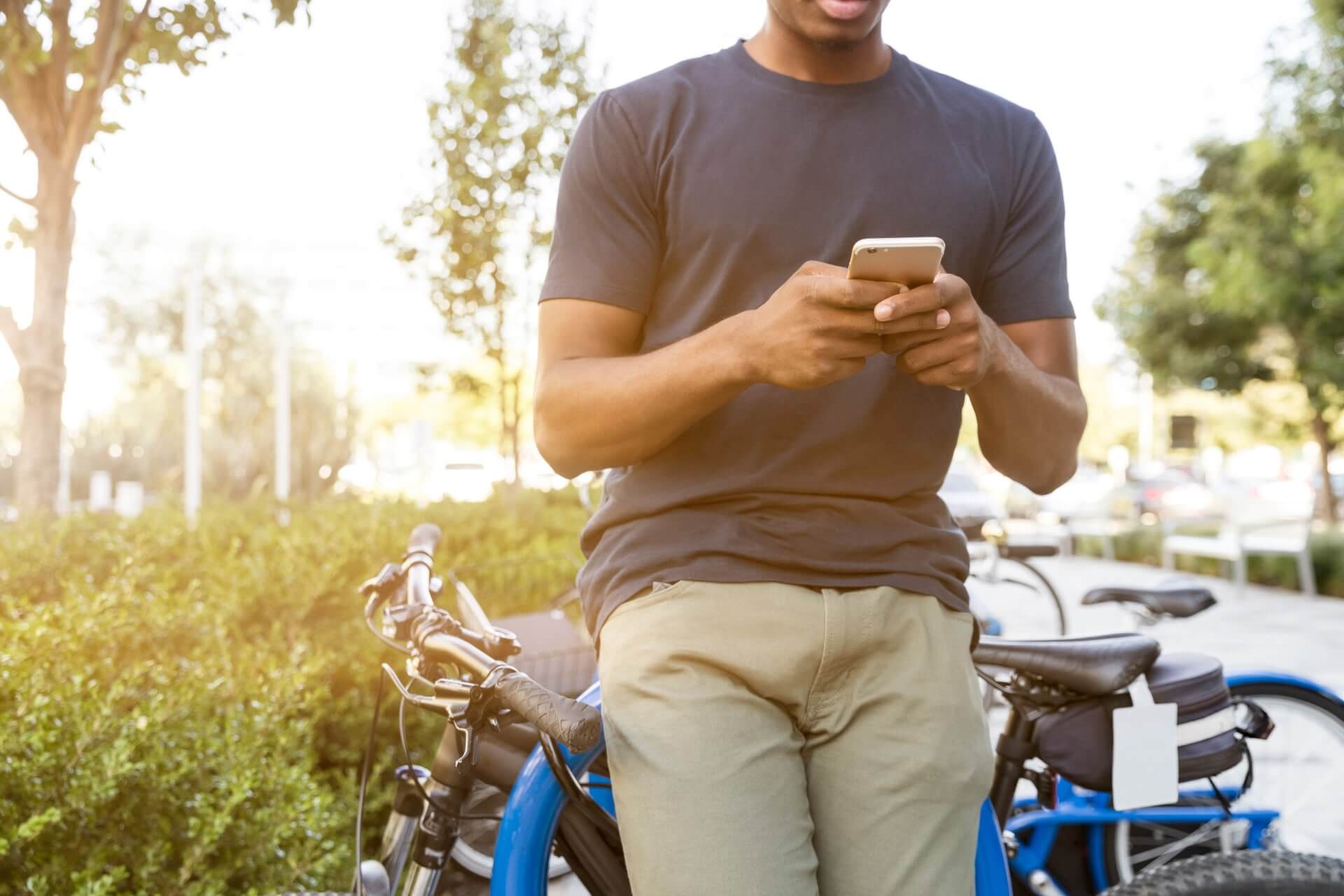



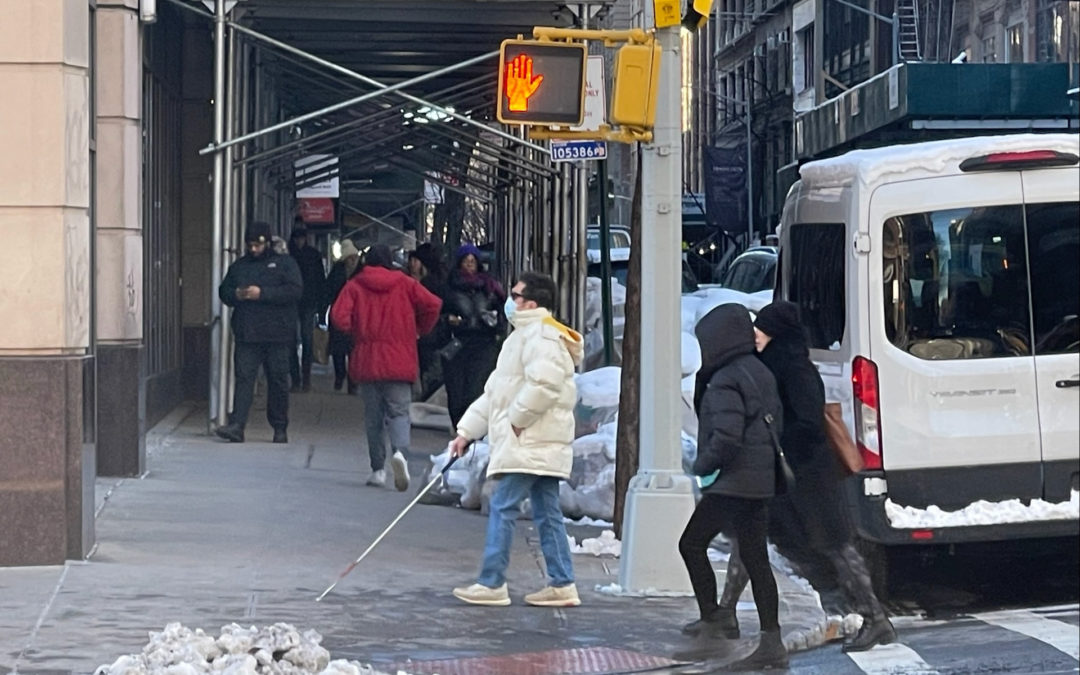
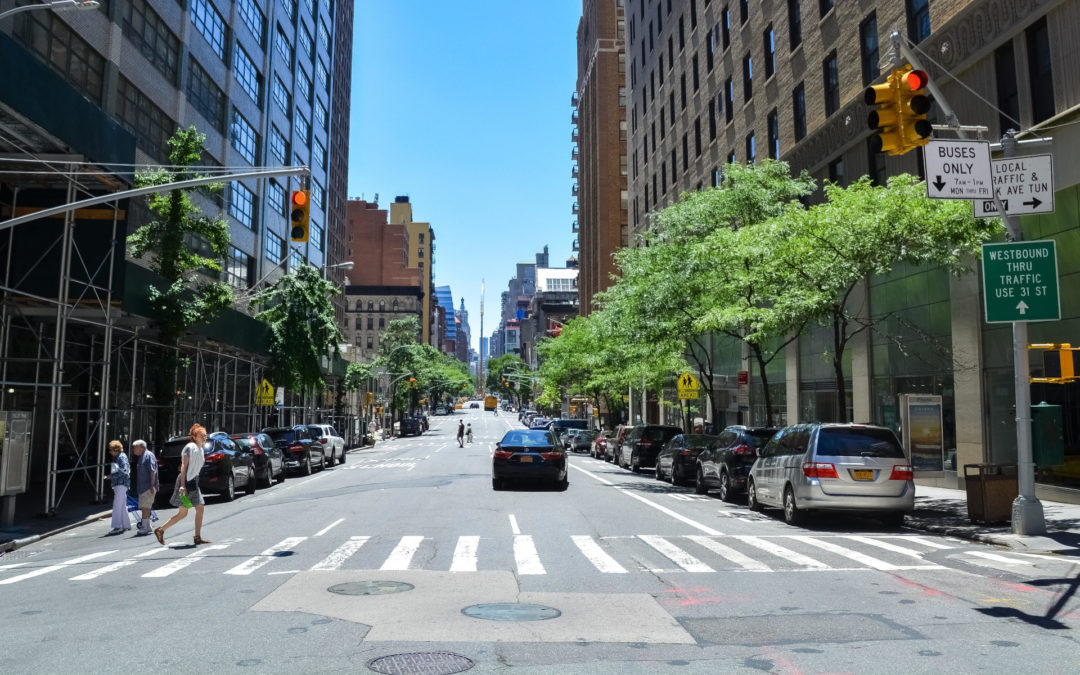

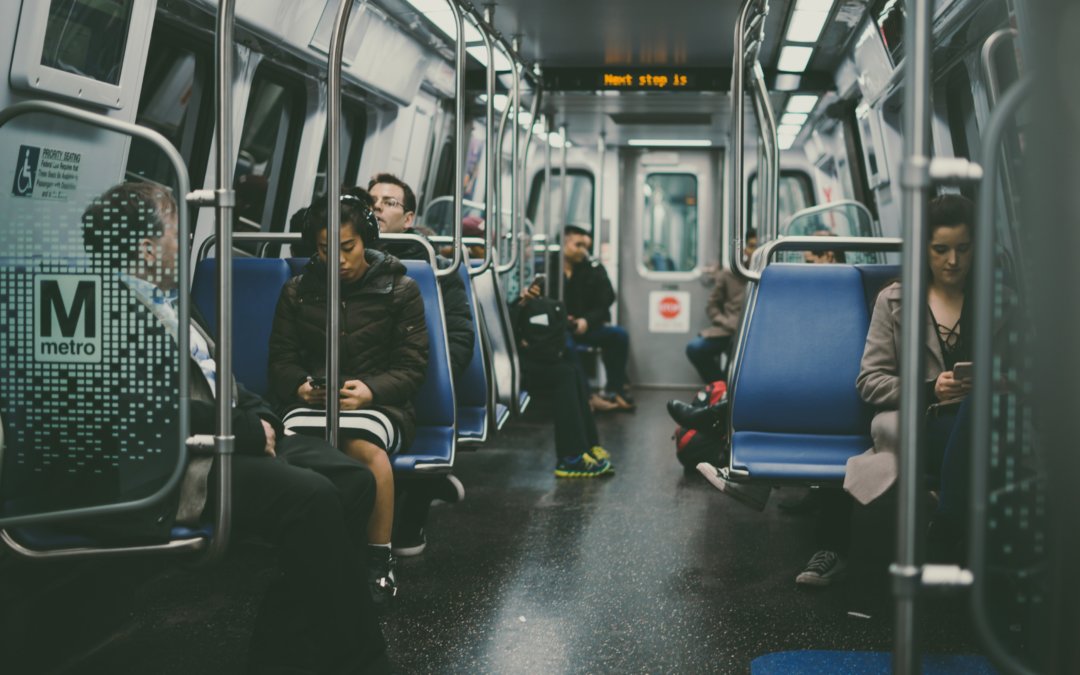
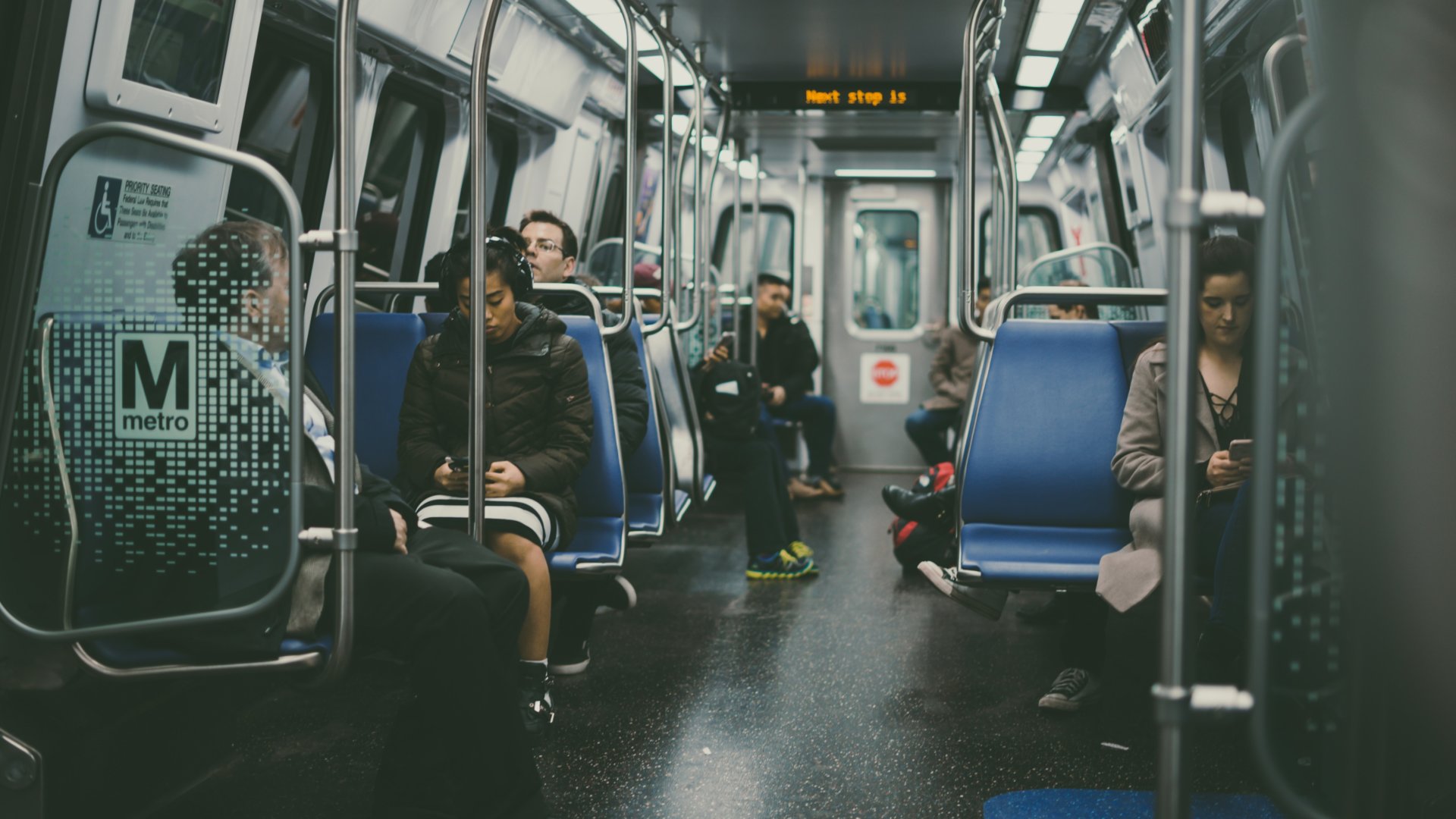
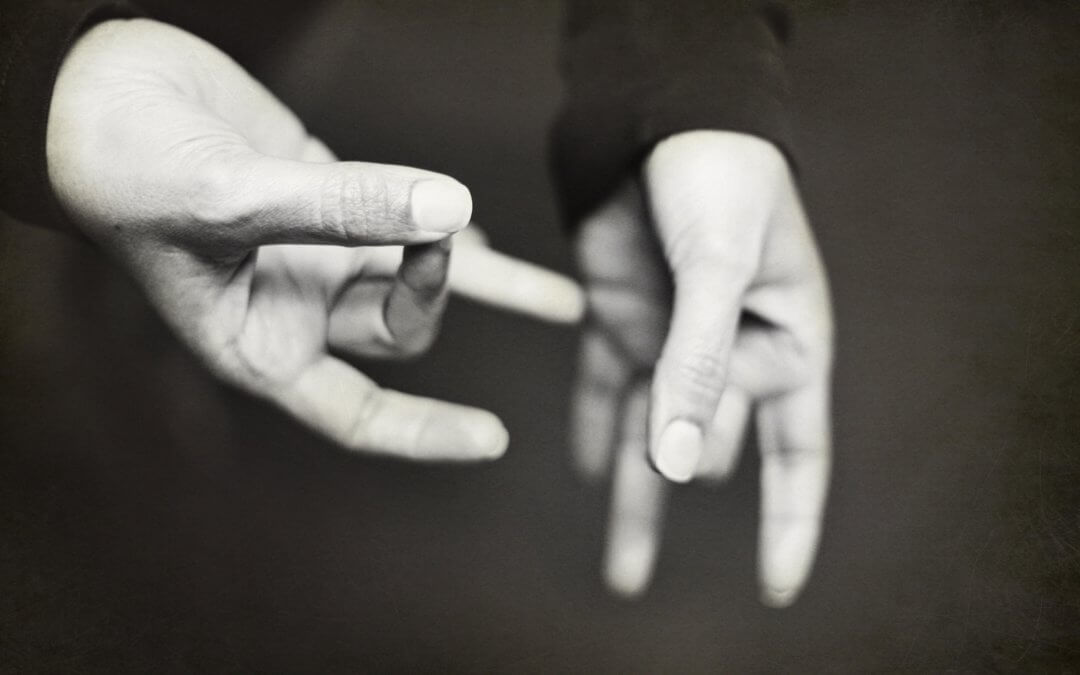


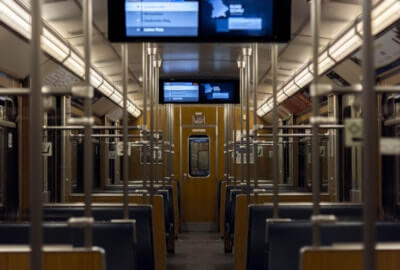
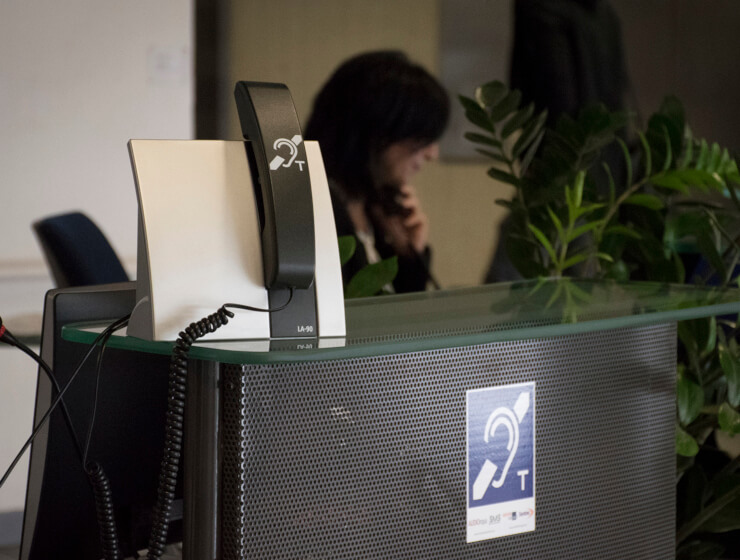

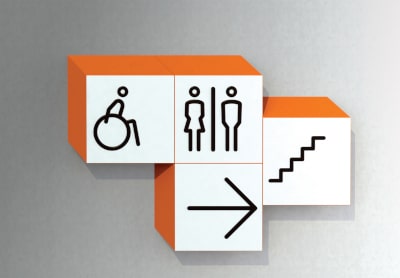


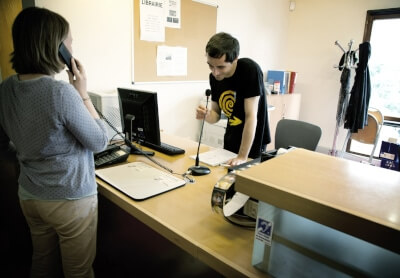


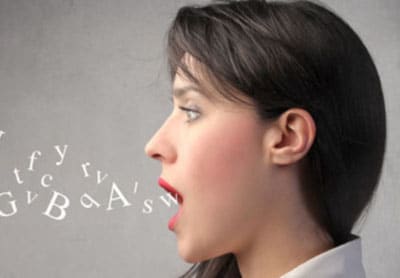
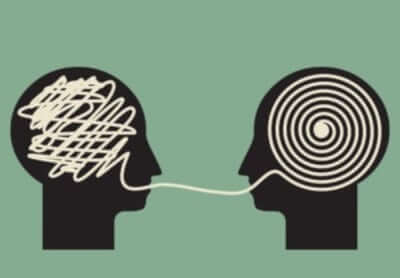
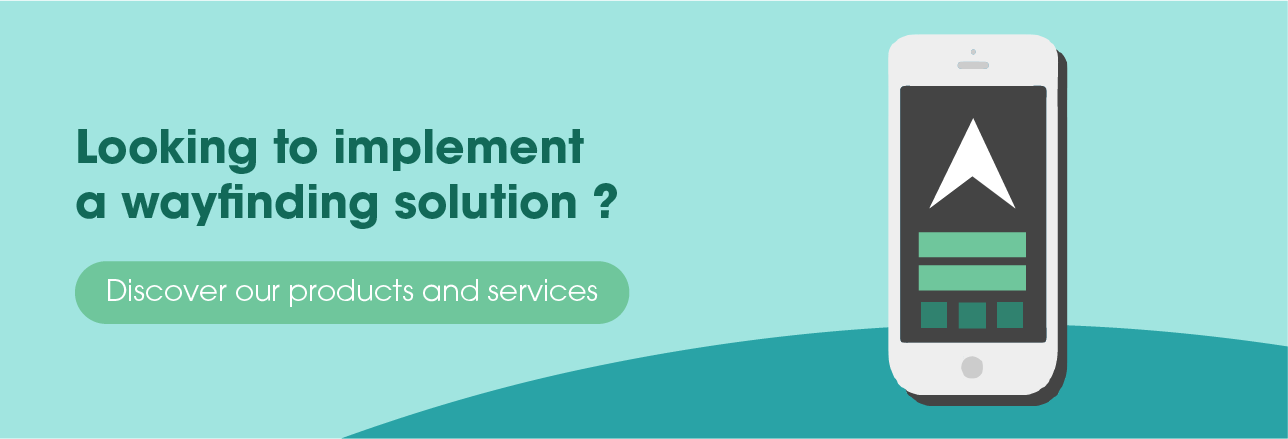
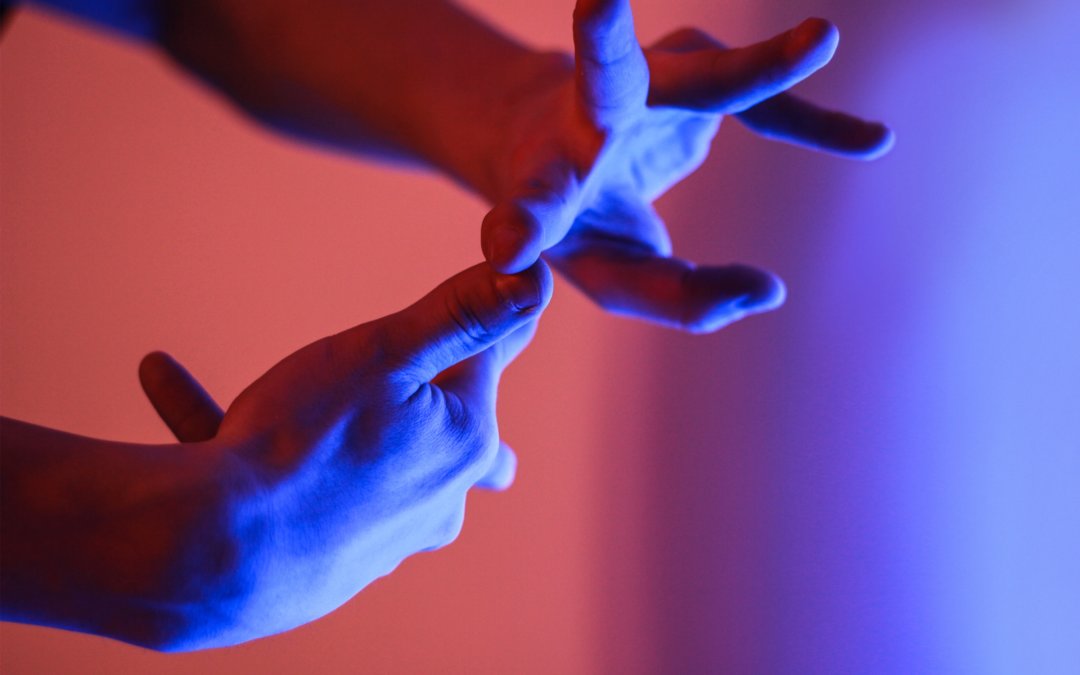
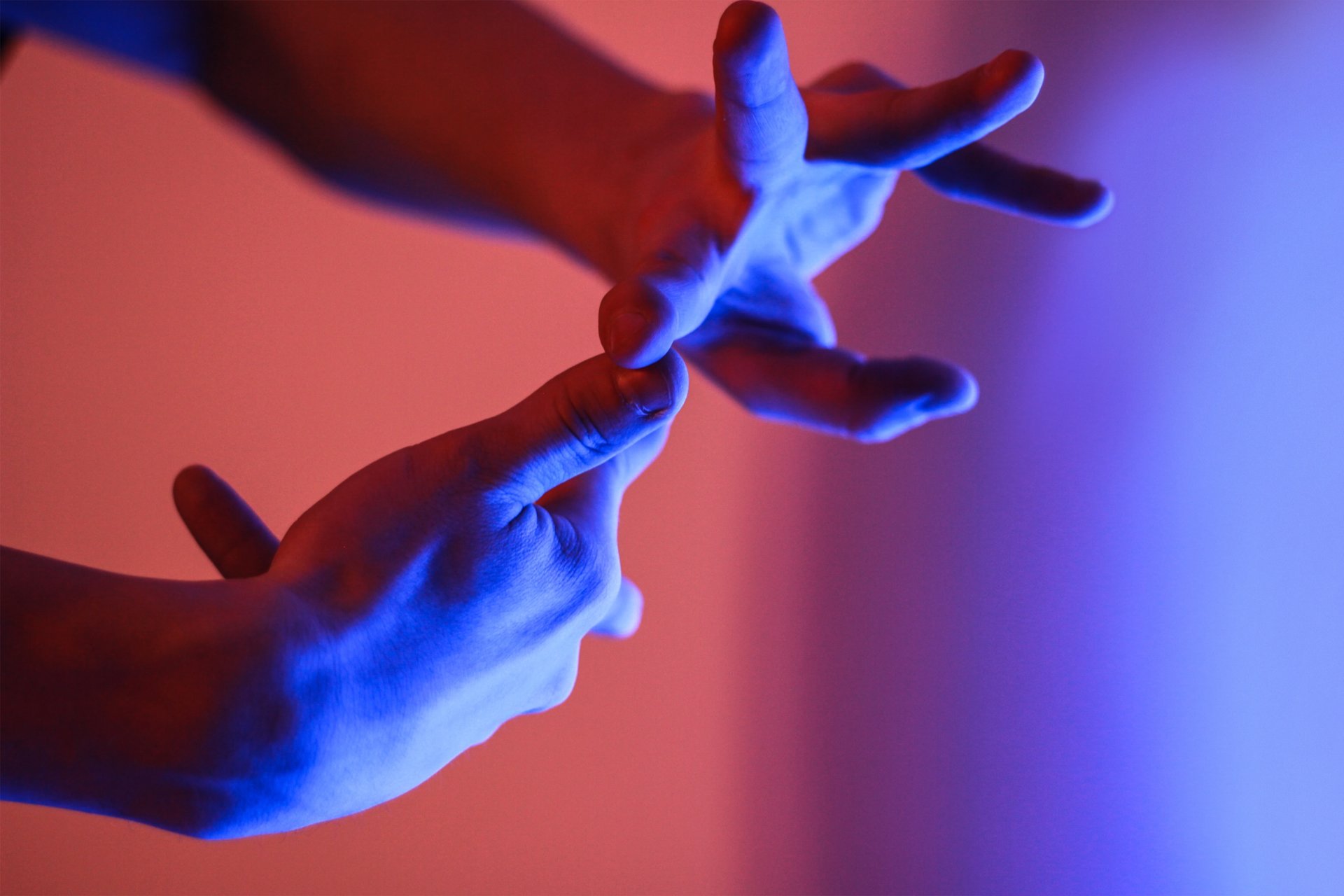

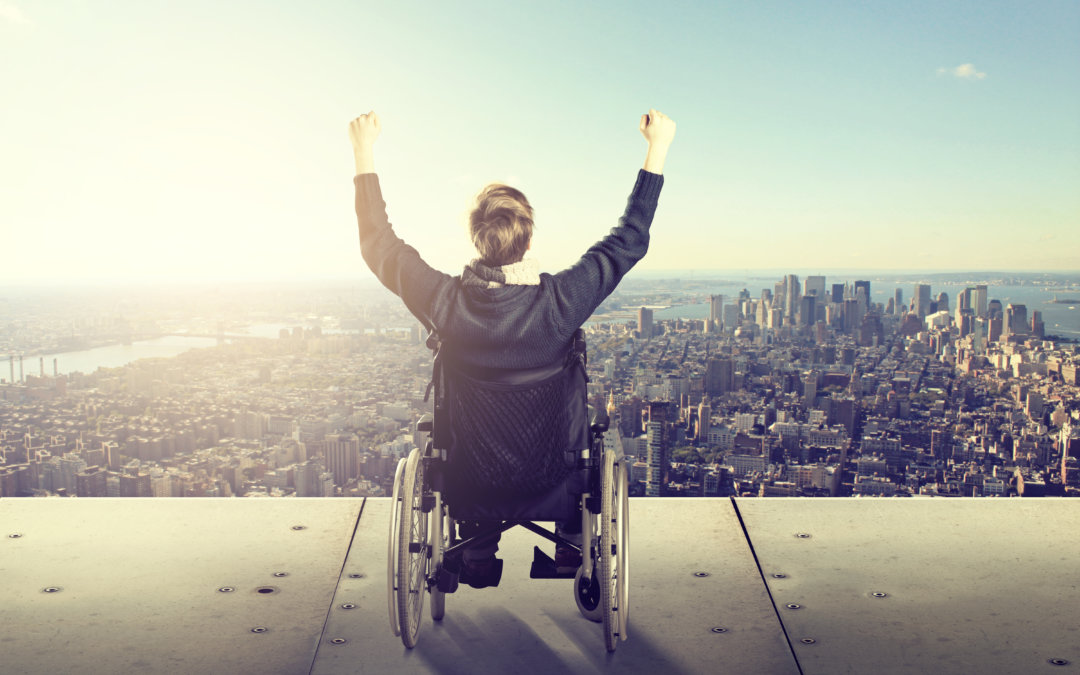
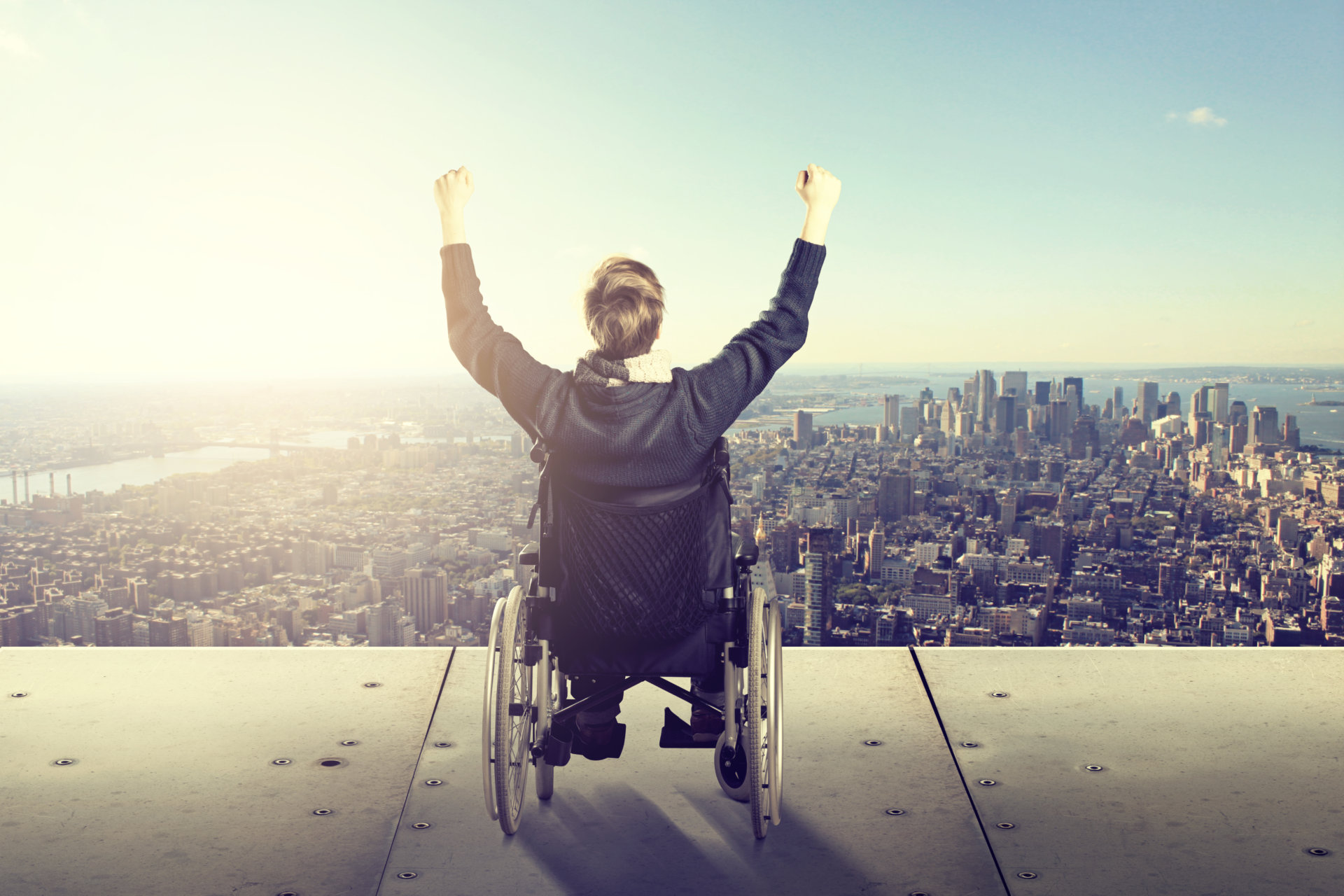
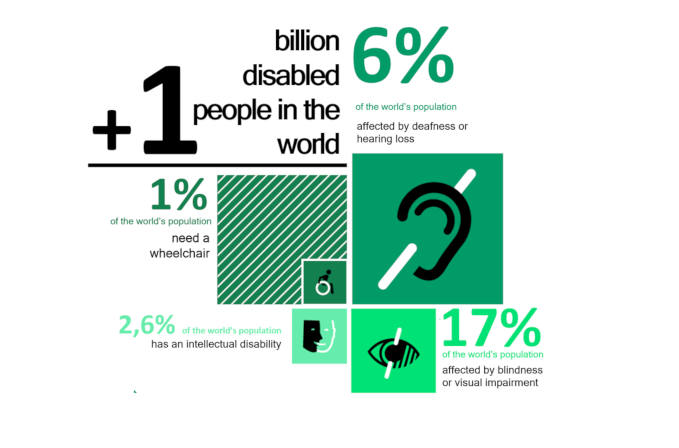
Recent Comments